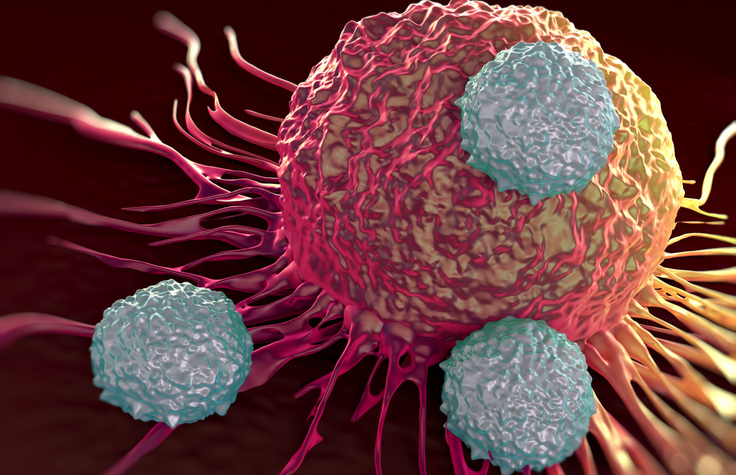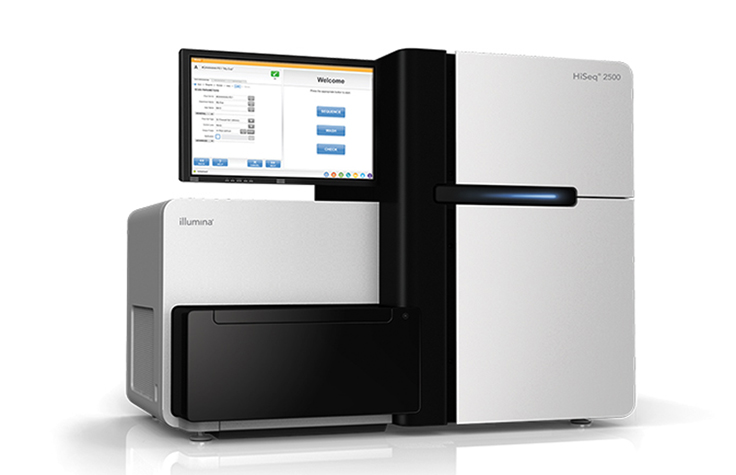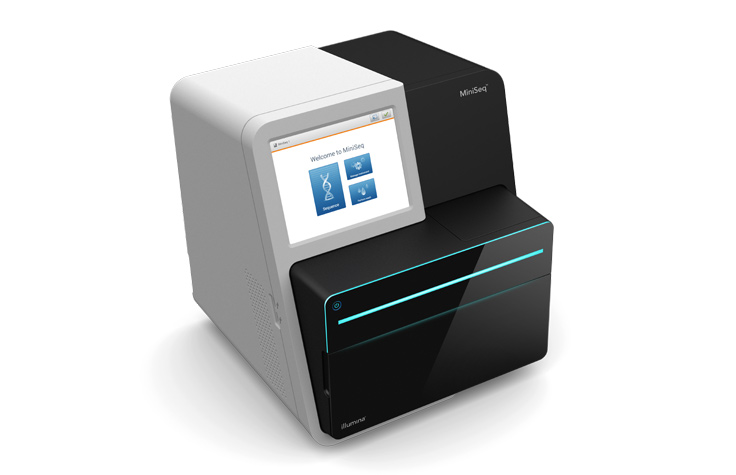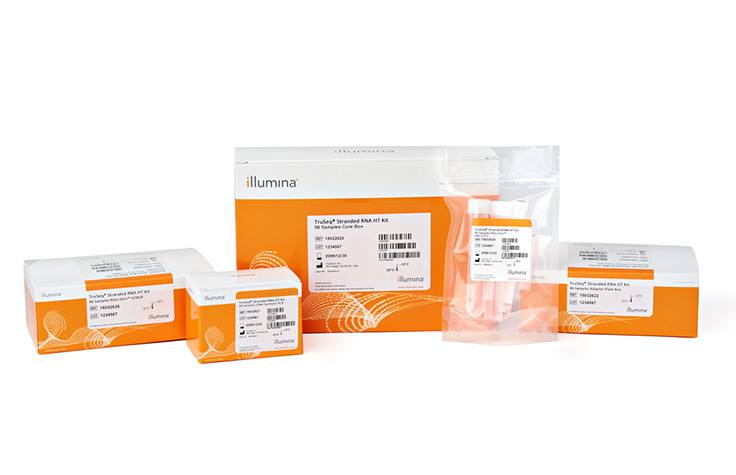Precision Immunotherapies Using Tumor-Specific HLA Ligands
Introduction
For 30 years, renowned immunologist and cancer researcher Hans-Georg Rammensee, PhD, studied the biology of the major histocompatibility complex (MHC) and its role in tumor immunology. In 2000, he cofounded Immatics and two other companies to focus his research on the development of individualized cancer immunotherapies, such as adoptive cell therapy (ACT). In the last two decades, the company has developed its XPRESIDENT® target discovery platform, compiled a large collection of tumor and normal tissue samples, and enhanced its comprehensive T-cell receptor (TCR) discovery and development capabilities. Immatics has transitioned successfully into a clinical-stage biopharmaceutical company active in the discovery and development of T-cell redirecting immunotherapies for the treatment of cancer.
The company’s tumor and normal tissue data collection consists of > 1300 cancer tissue samples and > 650 normal tissue samples, and it grows larger every day. Initially, the XPRESIDENT discovery platform consisted of analyses using high-throughput, ultrahigh sensitivity mass spectrometry, qPCR, Sanger sequencing, and microarrays to identify naturally presented peptide-bound human leukocyte antigen (pHLA) targets in tissue samples. Between 2014 and 2017, Immatics improved the platform’s target discovery efficiency by incorporating next-generation sequencing (NGS) to perform gene expression analysis (RNA-Seq), and HLA typing.
According to Annika Sonntag, PhD, Scientist Discovery, the Immatics research team has identified and prioritized more than 100 novel pHLA immuno-oncology targets with high tumor specificity using the XPRESIDENT discovery platform.1,2 Some of those targets are being pursued in proprietary and partnered preclinical and clinical programs ranging from ACT to bispecific T-cell receptors (bsTCRs), and TCR-like antibody approaches. iCommunity spoke with Dr. Sonntag to learn more about how Immatics is using these platforms to identify and validate targets for clinical testing of T cell-based immunotherapies.

Annika Sonntag, PhD is a Scientist Discovery at Immatics headquartered in Tuebingen, Germany.
Q: Why did you decide to join Immatics?
Annika Sonntag (AS): During my PhD studies, I conducted metabolic signaling research performing functional proteomics studies to understand the cancer-associated mTOR signaling pathway. It was interesting research, but I wanted to move into applied research where my work would ultimately help people. When I joined Immatics in 2014, I established our RNA-Seq pipeline and analyzed mass spectrometry data from HLA-bound peptides. I am currently the project lead for NGS-based HLA typing. I love what I’m doing.
Q: What are HLA proteins and how are they involved in the body’s cancer immune response?
AS: Dr. Rammensee was the scientist who discovered the rules for the binding of antigenic peptides to HLA proteins that enable the immune system to recognize foreign antigens and determine histocompatibility. The HLA proteins are coded by the MHC genes located in the short arm of chromosome 6.
HLA receptors are found on virtually all cells in the human body. They present what is expressed inside the nucleated cell to the outer surface for recognition by the immune system and, in particular, T-cells. Normal peptides bound to HLA receptors presented on healthy cells usually do not generate a T-cell response. However, tumor cells present additional tumor-specific peptides not found on normal cells. They might be derived from proteins whose expression in healthy individuals is limited to early developmental stages or to immune-privileged tissues. These tumor-associated peptides (TUMAPs) might also originate from proteins that are massively upregulated upon tumorigenesis. In addition, cancer-specific mutations might result in mutated cell surface antigens, or neoantigens. All these tumor-associated peptides can be recognized by the immune system, activating immune cells to kill the cancer cells. We exploit this mechanism for the immunotherapeutic approaches that we are developing to treat cancer.
"The goal of ACT is to expand the number of target-specific T cells to point the immune system towards the tumor and kill it."
Q: What is special about the Immatics target discovery platform?
AS: The starting point of everything we do is target discovery, which we perform with our XPRESIDENT platform. It is a dual approach combining transcriptomics and proteomics. By detecting and quantifying peptides at attomolar amounts, XPRESIDENT has revolutionized the identification of highly specific, novel tumor-associated pHLA targets. We focus our efforts on a comprehensive collection of primary tumor and normal tissues to establish the physiological relevance of our targets and to exclude potential artifacts. For example, artifacts might arise from working with cell lines.
Q: What methods does the XPRESIDENT platform employ?
AS: The XPRESIDENT platform consists of three sets of analyses: quantitative HLA peptidomics, RNA-Seq, and HLA typing. It is instrumental in analyzing our tissue collection, which currently includes cancer tissues from more than 20 major cancer indications and control tissues from more than 40 normal tissue types. Each time that we add a cancer sample or normal tissue into the collection, we perform the same series of analyses.
Q: How do these three analysis methods combine to identify novel immunotherapy targets?
AS: We’re looking for peptides that are tumor-specific or overexpressed in tumors. Ultrahigh sensitivity mass spectrometry is used to isolate pHLA complexes, to identify the peptides bound to HLA, and to quantify them. We perform quantitative transcriptomics with RNA-Seq, correlating peptide presentation with RNA expression and using RNA overexpression data to support relative and absolute quantification of peptide copy numbers on the cells. We identify TUMAPs by comparing peptide presentation on tumor and normal tissues. HLA typing is used to match the identified peptides to the alleles on which they are presented, enabling the selection of the proper target for an individual patient.
Q: A major risk of targeted immunotherapy is the activation of the immune system towards healthy tissues. How do you exploit the potential of the XPRESIDENT platform to handle this?
AS: In addition to tumor tissues, we analyze a large collection of healthy tissues from various organs to circumvent on-target toxicity, ie targets that a cancer-activated immune system might cross recognize on healthy tissues. These data are supported by expression data from publicly available databases, such as GTEx* or TCGA†. In addition, we assess off-target toxicity using in silico analyses to identify peptides with highly similar sequences and include their presentation on healthy tissues into our selection process.
"We’re obtaining broader RNA data and have in-depth information on particular exons."
Q: How are you using the novel targets that you identify?
AS: The targets are the first step in creating potential targeted TCR-based therapies. In ACT, we manipulate T-cells that selectively recognize the targets identified by the XPRESIDENT platform outside the body and use these T-cells to treat cancer patients whose tumors express these cancer-associated targets. In most cancer patients, such T-cells don’t exist in high enough numbers to fight the tumor effectively. The goal of ACT is to expand the number of target-specific T-cells to point the immune system toward the tumor and kill it.We pursue this concept through several alternative approaches: ACTolog®, ACTengine®, and ACTallo®.
Q: How do you identify targets that are specific to an individual cancer patient?
AS: There are many different HLA alleles present in the population, yet certain alleles appear more frequently than others. In our ongoing clinical ACT trials, we can make use of several disease-specific targets associated with the patient’s cancer type. We perform qPCR measurements to identify overexpression of these targets in a patient’s tumor biopsy. Some patients might express only one or two targets. With ACTolog, we are able to address up to four targets that are specific to each individual patient. It’s a data-driven process for each cancer patient.
Q: What ACT approaches are you developing?
AS: We have three ACT programs in our pipeline, ACTolog, ACTengine, and ACTallo. They are being developed through our Immatics US collaboration with University of Texas MD Anderson Cancer Center, and cofunded by the Cancer Prevention and Research Institute of Texas (CPRIT).
In our ACTolog program, we isolate T cells naturally occurring in each cancer patient, activate them using antigen-presenting cells and sort them with tetramers presenting the targets. We expand the number of activated T cells and transfer them back into the cancer patient.
In our ACTengine program, we again isolate T cells from each cancer patient. Using a pre-characterized cancer-specific TCR that we validated in the lab, we transduce the cancer patient’s T cells to express this TCR. We expand the activated T cell population and transfer it back into the cancer patient.
ACTallo is currently in preclinical studies. This approach takes a different type of T cells from healthy donors. Like in ACTengine these T cells are transduced with a novel TCR. This provides an “off-the-shelf” set of T cells that could be used as a therapy for a larger group of cancer patients.
"We decided on the MiniSeq System. It performs HLA typing easily and we can use it for targeted sequencing in the future."
Q: Does Immatics have any other immunotherapy programs in development?
AS: Immatics also pursues preclinical bispecific T-cell receptor (bsTCR) programs. We use the XPRESIDENT platform to identify target pHLAs to create target-specific TCRs. Bispecific TCR molecules are soluble fusion proteins that have two binding domains: an affinity-maturated and highly selective TCR domain that recognizes and binds to a tumor-specific peptide target presented in the context of HLA class I receptor and a T-cell recruiting antibody domain directed against CD3 or other immuno-modulating T-cell surface proteins. The design of these novel biologics enables T-cells to become activated and attack the tumor, regardless of the T-cells’ intrinsic specificity.
Q: When did you switch to NGS to perform the RNA-Seq step in the XPRESIDENT discovery platform?
AS: We initially used oligonucleotide microarrays to measure RNA expression at the transcript level. Yet, we needed to see exon-specific RNA expression as well. We looked at several alternatives, including novel arrays and NGS, and compared technologies and service providers. We conducted several pilot studies and realized the value of Illumina NGS.
We now work with a service provider to perform RNA-Seq with the TruSeq™ Stranded mRNA Library Prep Kit on the HiSeq 2500 System. We’re obtaining broader RNA data and have in-depth information on particular exons. Using NGS for RNA expression analysis is fast and the data quality is excellent.
Q: Why did you begin using NGS for the HLA typing step of your discovery platform?
AS: We began performing basic HLA typing using PCR and used Sanger sequencing for deeper typing. We decided to transition to NGS-based HLA typing to obtain a complete HLA characterization of our samples with reasonable efforts and costs. We looked into what size and type of sequencer would meet our needs and fit into our lab. We decided on the MiniSeq System. It performs HLA typing easily and we can use it for targeted sequencing in the future.
Q: How long did it take to train your team on performing HLA typing with the MiniSeq System?
AS: We have a seven person lab team that is working with the MiniSeq System. We had an onsite training, ran 2–3 training runs, and began using it immediately. Everyone likes working with it and it's running smoothly.
Q: How do you perform HLA data analysis?
AS: We’re using Illumina Assign 2.0 software for HLA typing analysis. It provides great results at enough depth that we can perform a deeper analysis of a specific locus if we need more detail.
Q: What are the obstacles for making your ACT approaches widely available in the future?
AS: Most of our samples are derived from Caucasian populations. However, we are expanding the database to include other ethnicities to ensure the broadest coverage.
Q: What is Immatics’ vision for the future?
AS: Immatics has recognized that novel, better, and safer targets are the key to developing future cancer immunotherapies. Our vision is to deliver the power of T-cells to cancer patients through the identification of novel, personalized targets for best-in-disease T-cell therapy programs.
References
- Fritsche J, Rakitsch B, Hoffgaard F, et al. Translating Immunopeptidomics to Immunotherapy-Decision-Making for Patient and Personalized Target Selection. Proteomics. 2018; Mar 5:e1700284 (Epub ahead of print).
- Zhang M, Fritsche J, Roszik J, et al. RNA editing derived epitopes function as cancer antigens to elicit immune responses. Nat Commun. 2018; 9:3919.doi: 10.1038/s41467-018-06405-9.
*Genotype Tissue Expression project portal
†The Cancer Genome Atlas



